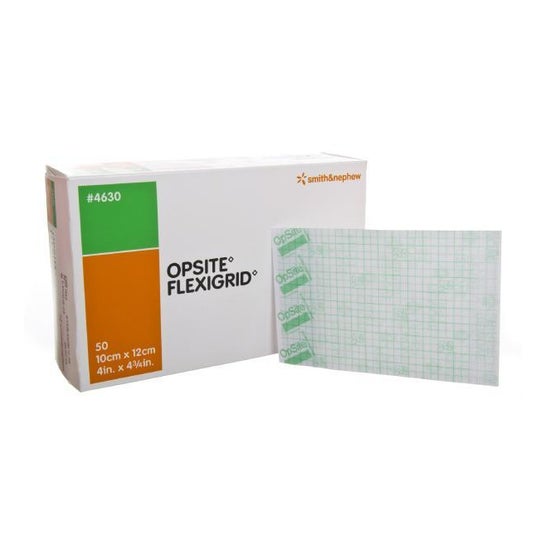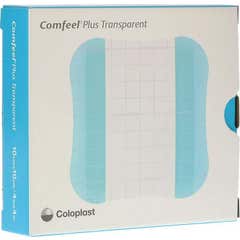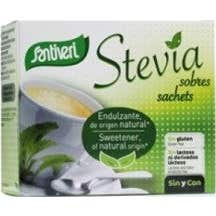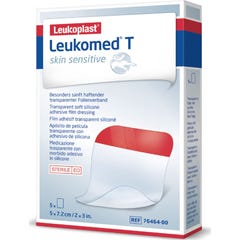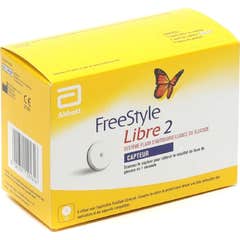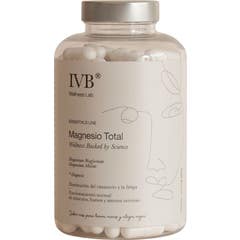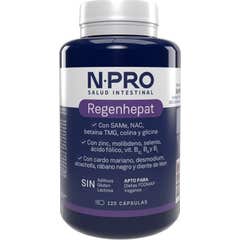Dressing made of transparent, flexible and waterproof material that adapts perfectly to any area of the body, including joints. It is self-adhesive and promotes rapid healing of open wounds or ulcers, while protecting them from bacteria for 14 days.
Smith & Nephew Opsite Est Wrap 10x12cm 1pc
Accelerates healing of minor wounds
Shipping in 24-72h
Description
Instructions for use
- Remove the silicone paper No. 1, and place the dressing over the lesion and smooth with the hand to get a good adhesion.
- Then separate the tab No. 2 and exert gentle pressure on this area.
Unit price
Pharmaceutical Advice
Plasters, adhesive bandages or dressings are patches that have a sterile gauze pad in the centre, surrounded by an area that sticks to the skin. They are used to protect open wounds, prevent infection and facilitate the healing process.
There are different types of plasters depending on the type of injury. To choose the right dressing, you need to consider the conditions the wound will be subjected to. They come in multiple sizes, materials, colours, flexibility, and can even be water-resistant. They may also have an additional ingredient with antiseptic properties to ensure a better healing process.
It is essential to clean the wound with water and soap, disinfect it and carefully dry the area with a sterile gauze before applying a dressing to any type of wound. Afterwards, simply remove the protective elements and make sure that the gauze pad, not the adhesive part, completely covers the wound.
Remember that the dressing is intended to protect the skin until it forms a protective scab. Unless the wound is in a rubbing area, it is preferable to remove the plaster once the scab has formed so that it can heal completely.
Please note that plasters are only indicated for blistering or minor bleeding. If the wound is very large or deep, you should consult your doctor, who will be able to assess how you should to proceed.
Safety and product information
Safety visual aids
At this time we do not have safety images for this product, but we are working on it. We encourage you to check back later for updates. In the meantime, we recommend that you read the safety information that comes with the product before using it. If you have any questions about safety, please do not hesitate to contact us. Also, if you wish, you can also return the product by following our terms and conditions.
Manufacturer details
At the moment we do not have the manufacturer's details, but we are working to add them as soon as possible. We invite you to check back later for updates. If you have any questions, please do not hesitate to contact us, we will be happy to help you.
Opinions
There are no reviews for this product yet. Be the first to share yours!
RELATED SEARCHES ABOUT Bandages
New in Flesh wounds
- Betadine Espuma Cutánea 40Mg/ml 125ml
- Leukoplast Leukomed Skin Sensitive 8x10cm 5uds
- Alvita Agua Purificada 1L
- Euroreel Adhesivo Algodón 5mx1.25cm
- Hansaplast Second Skin Protection XL 3 apósitos
- Hansaplast Second Skin Protection Regular 6 apósitos
- Holbasic Alcohol Etilico Sanitario 70° 250ml
- Master Aid Duolastic Vendaje Elastico7mx10cm
- Bastos Viegas Compresa 427/021 10x10 100uds
- Romed Vendaje Yeso 10cm 3m

